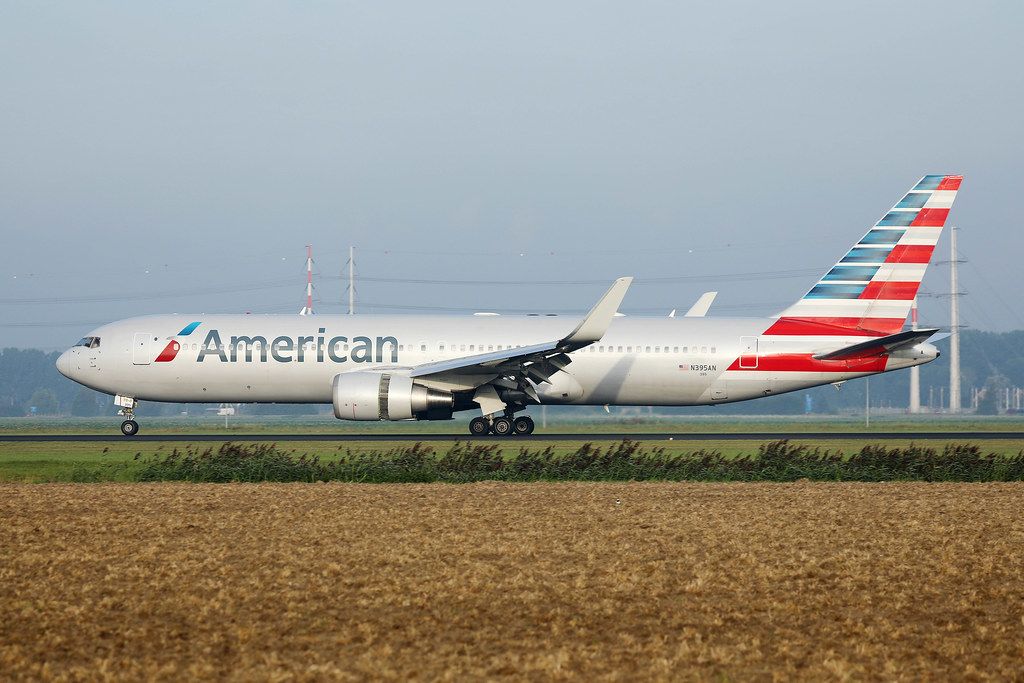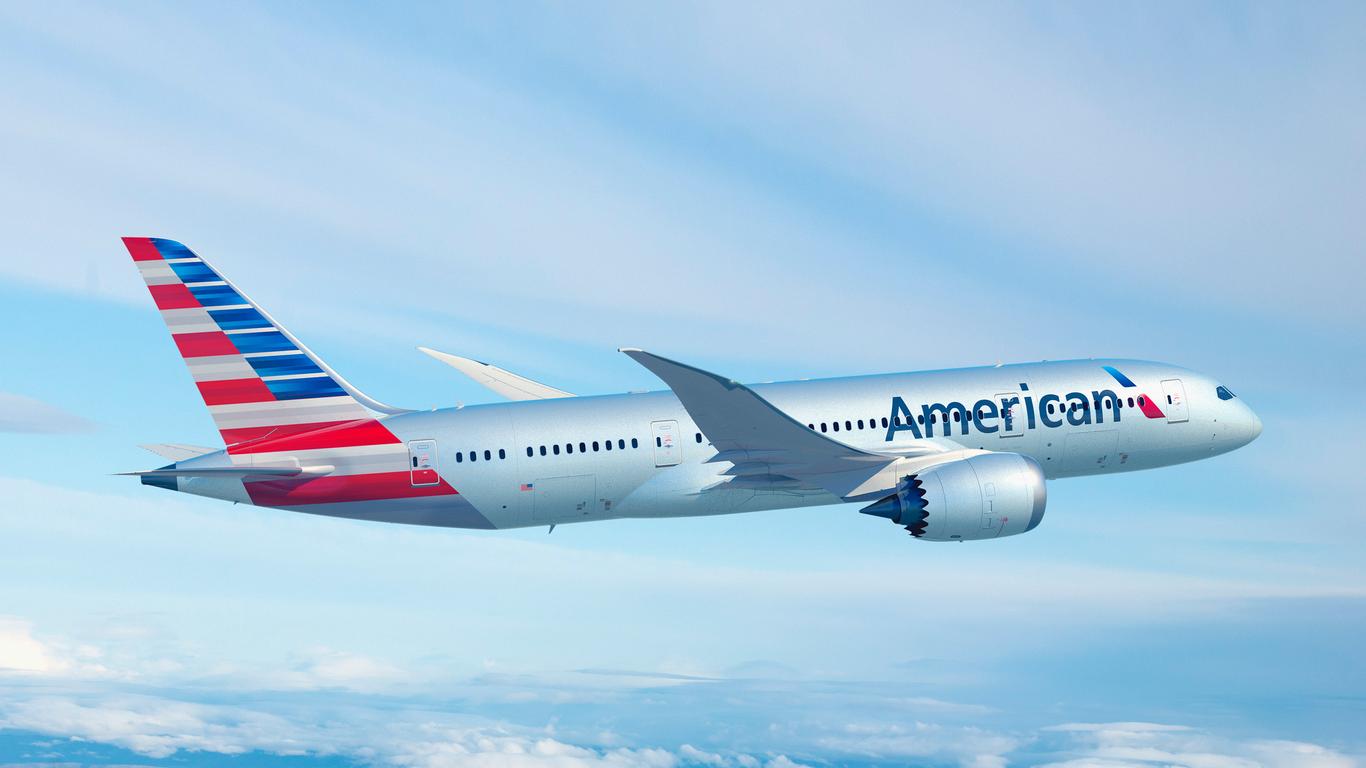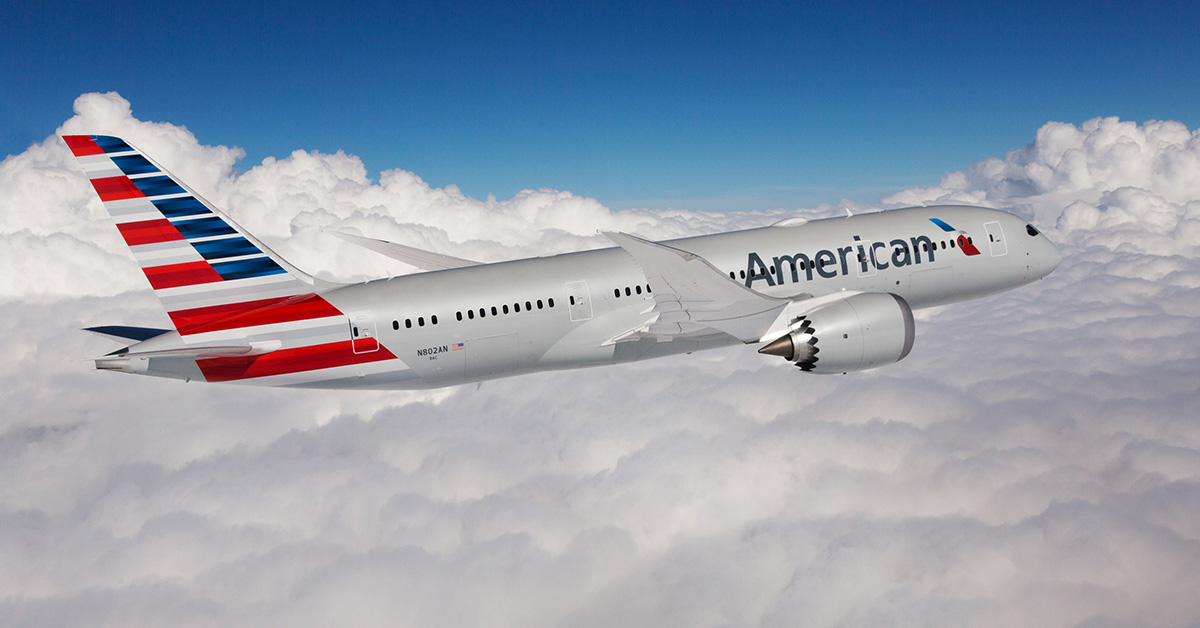
American Airlines, Inc., stands as a colossal entity in the global aviation landscape, firmly established as a major airline headquartered in Fort Worth, Texas, within the vast Dallas–Fort Worth metroplex. This carrier holds the distinction of being the largest airline worldwide, measured by both passengers carried and daily flights. Operating under the umbrella of American Airlines, along with its regional subsidiaries and contractors known collectively as American Eagle, the airline commands an expansive international and domestic network. Its daily operations encompass nearly 6,800 flights, reaching almost 350 destinations across 48 countries.
As a foundational member of the Oneworld alliance, one of the three major airline alliances globally, American Airlines plays a pivotal role in connecting travelers across continents. The airline and its American Eagle brand operate from ten strategic hubs, with Dallas/Fort Worth International Airport (DFW) serving as its largest and most central operational base. Annually, American Airlines serves more than 200 million passengers, maintaining an average of over 500,000 daily. As of 2024, the company’s workforce comprises 103,440 dedicated staff members.

The genesis of American Airlines traces back to 1930, when it was formed through the consolidation of more than eighty smaller airlines. Its lineage can be specifically attributed to two foundational organizations: Robertson Aircraft Corporation, which was initially established in Missouri in 1921, and Colonial Air Transport. These two entities were subsequently merged in 1929 into a holding company known as The Aviation Corporation. In 1930, this holding company transitioned into an operating entity and was rebranded as American Airways.
A significant restructuring occurred in 1934, prompted by new aviation laws and the attrition of mail contracts, which compelled many airlines to reorganize their operations. During this period, American Airways meticulously reconfigured its various routes into a cohesive and interconnected system, leading to its renaming as American Airlines. The airline embarked on a substantial development of its international business between 1970 and 2000, significantly expanding its global reach. A notable acquisition in its history was that of Trans World Airlines in 2001.

American Airlines played a direct and instrumental role in the development of the iconic Douglas DC-3 aircraft. This pivotal involvement stemmed from a marathon telephone conversation between American Airlines CEO C. R. Smith and Donald Wills Douglas Sr., the founder of Douglas Aircraft Company. Smith, with remarkable persuasion, convinced a reluctant Douglas to design a sleeper aircraft, building upon the existing DC-2, specifically to replace American’s Curtiss Condor II biplanes. The existing DC-2’s cabin, measuring 66 inches (1.7 meters) wide, proved too narrow to accommodate side-by-side sleeping berths, necessitating a new design.
Douglas ultimately agreed to proceed with the development only after Smith conveyed American Airlines’ firm intention to purchase 20 of the new aircraft. The prototype, designated DST (Douglas Sleeper Transport), successfully completed its inaugural flight on December 17, 1935, marking a historical parallel as it was the 32nd anniversary of the Wright Brothers’ pioneering flight at Kitty Hawk, North Carolina. The DST’s cabin was notably spacious, measuring 92 inches (2.3 meters) wide, providing ample room for comfort. A variant of the DST, configured with 21 seats rather than the 14–16 sleeping berths, was subsequently given the designation DC-3. It is a unique aspect of its production history that there was no distinct prototype DC-3; the very first DC-3 constructed followed seven DSTs off the production line and was directly delivered to American Airlines, commencing passenger service on June 26, 1936, with simultaneous flights originating from Newark, New Jersey, and Chicago, Illinois.

The airline’s influence on aircraft development extended further with its direct involvement in the creation of the DC-10. In 1966, American Airlines issued a specific request to manufacturers for a widebody aircraft that would be smaller than the Boeing 747, yet capable of performing similar long-range routes, particularly from airports equipped with shorter runways. McDonnell Douglas, following the merger of the two companies, responded to this specification with the proposal for the DC-10 trijet. On February 19, 1968, George A. Spater, then president of American Airlines, alongside James S. McDonnell of McDonnell Douglas, officially announced American’s intention to acquire the DC-10, with an initial order placed for 25 aircraft.
The DC-10 made its maiden flight on August 29, 1970, and subsequently received its type certificate from the FAA on July 29, 1971. Commercial service for the DC-10 officially commenced with American Airlines on August 5, 1971, inaugurated by a round-trip flight connecting Los Angeles and Chicago. More recently, in 2011, amid a significant downturn in the airline industry, American Airlines’ parent company, the AMR Corporation, sought bankruptcy protection. A pivotal moment for the airline came in 2013 when American Airlines merged with US Airways. The decision was made to retain the American Airlines name due to its stronger international brand recognition. This combination of the two major airlines resulted in the formation of the largest airline in the United States, and ultimately, the largest in the world. In a testament to its commitment to sustainability, the company was added to the Dow Jones Sustainability World Index in December 2023.

American Airlines prides itself on an extensive global network, offering an unparalleled reach for its passengers. As of September 2024, the airline operates flights to a vast array of destinations across numerous countries and territories. While a comprehensive list of all cities it serves (or has served) is extensive, the breadth of its network underscores its position as a leading international carrier. Its service spans across continents, connecting major global cities with key domestic centers. For instance, its routes include destinations in Argentina, Australia, Canada, China, Colombia, Cuba, France, Germany, India, Ireland, Italy, Japan, Mexico, New Zealand, Qatar, South Korea, Spain, the United Kingdom, and many parts of the United States. While some routes have been terminated over time, such as those to Pago Pago International Airport in American Samoa or certain cities in Brazil like Belo Horizonte, the airline continually adjusts its network to meet market demands and strategic objectives.
Crucial to American Airlines’ operational strategy are its ten strategically located hubs. These hubs serve as vital connectivity points, efficiently channeling passenger traffic across its vast network. Dallas/Fort Worth International Airport (DFW) stands as the largest hub overall, serving as American’s primary gateway for the southern United States. Charlotte is designated as American’s hub for the southeastern United States and functions as a secondary gateway to the Caribbean. Chicago–O’Hare serves as the airline’s central hub for the Midwest region, facilitating extensive domestic and international connections. Los Angeles acts as American’s hub for the West Coast, additionally serving as a secondary transpacific gateway. Miami is American’s foremost hub for Latin American and Caribbean travel, strategically positioned for flights to these high-demand regions.

In New York, American maintains two distinct hubs: New York–JFK and New York–LaGuardia. New York–JFK operates as American’s secondary transatlantic hub, primarily catering to destinations with significant demand from the local New York market. Conversely, New York–LaGuardia functions as American’s New York hub predominantly for domestic flights, with only a few exceptions. Philadelphia is designated as American’s primary transatlantic hub, facilitating numerous routes across the Atlantic. Phoenix–Sky Harbor serves as the airline’s southwestern hub, providing crucial connections throughout that region. Finally, Washington–National acts as American’s hub for the capital of the United States, ensuring seamless travel to and from this important political and economic center.
Integral to American Airlines’ operational model is American Eagle, a distinguished airline brand encompassing a network of regional carriers. This network comprises wholly owned affiliates such as Envoy Air, PSA Airlines, and Piedmont Airlines, alongside third-party carriers including Republic Airways and SkyWest Airlines. These American Eagle regional carriers are specifically designed to serve smaller markets, playing a critical role in facilitating convenient connections to American Airlines’ major hubs. They also provide essential support for operations in mainline markets, extending the reach of American Airlines into communities that might otherwise be underserved. All carriers operating under the American Eagle brand maintain a cohesive corporate identity, sharing similar logos, uniforms, and aircraft paint schemes with American Airlines’ mainline operations, ensuring a consistent brand experience for passengers.

The scale of American Eagle’s operations is significant, with 46 million passengers utilizing its regional flights in 2023. Of these, approximately 45% seamlessly connected to or from mainline American Airlines flights, underscoring the vital role American Eagle plays in the overall network. These flights are primarily operated under capacity purchase agreements with both third-party and wholly owned regional carriers. Under these agreements, American Airlines maintains comprehensive control over all aspects of marketing, scheduling, ticketing, pricing, and seat inventories for these flights. In return, American Airlines pays fixed fees for the operation of specified aircraft and covers certain variable costs, including fuel, landing fees, and insurance, creating a highly integrated and efficient regional feeder system.
American Airlines is a proud founding member of the Oneworld alliance, a global network that significantly expands its reach and offerings through various codeshare agreements with numerous airlines. These strategic partnerships allow American Airlines to offer its passengers extended connectivity to destinations worldwide, leveraging the networks of its alliance members and codeshare partners. Among its codeshare partners are Aer Lingus, Air Tahiti Nui, Alaska Airlines, British Airways, Cape Air, Cathay Pacific, China Southern Airlines, Etihad Airways, Finnair, Fiji Airways, Gol Linhas Aéreas Inteligentes, Hawaiian Airlines, Iberia, IndiGo, Japan Airlines, JetSmart, LAM Mozambique Airlines, Malaysia Airlines, Philippine Airlines, Qantas, Qatar Airways, Royal Air Maroc, Royal Jordanian, and SriLankan Airlines. This extensive web of collaborations ensures that passengers can seamlessly connect to a vast array of destinations across the globe.




